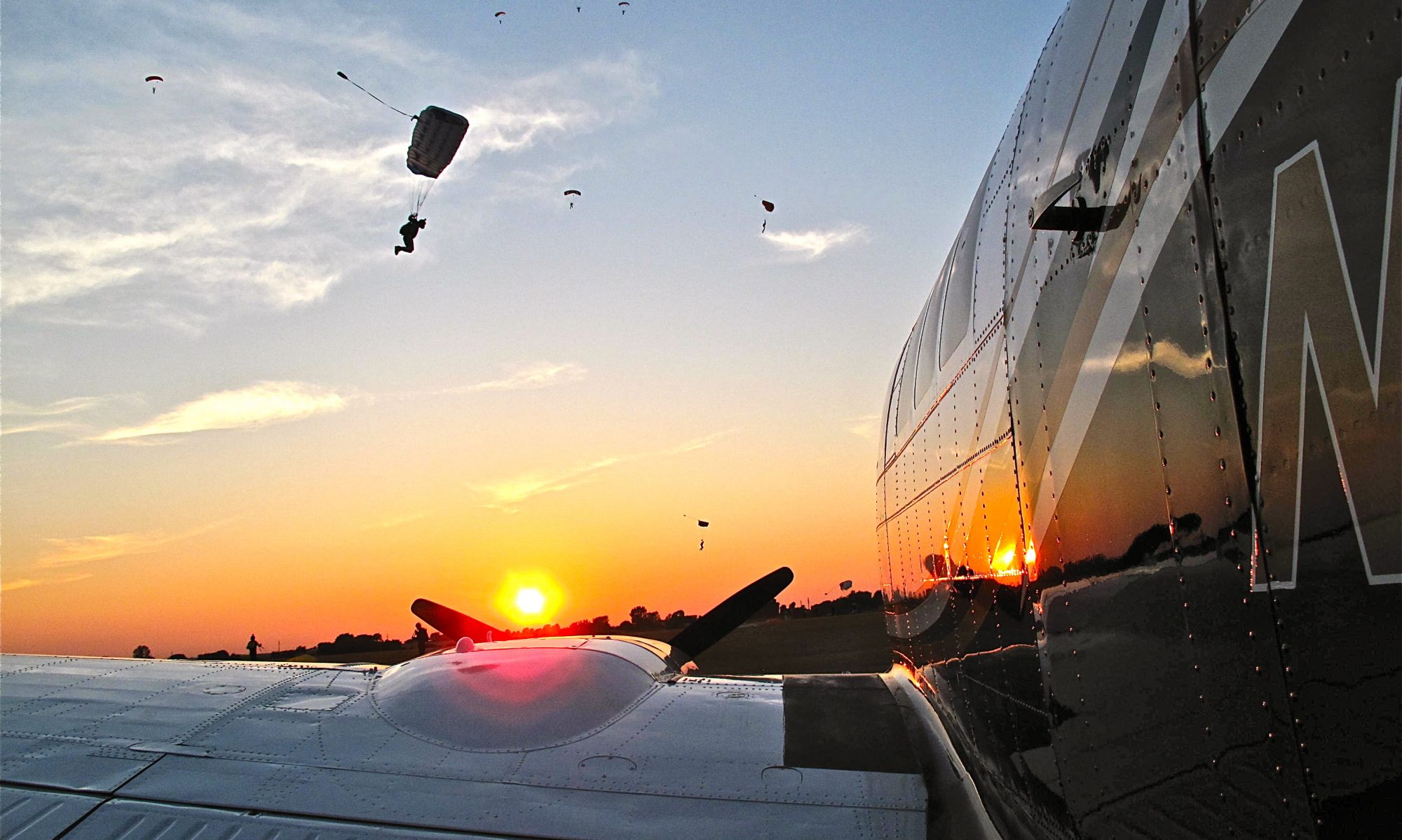Mugger on CAP
By lex, on September 18th, 2006
Mugger was his name, or his callsign anyway – or very nearly, names having been minimally altered to prevent being placed on somebody’s “People to Kill” list, just in case. He was a drag-knuckle F-14 fighter pilot of the ould mould, flight suit zipped down to his navel, chest thrust pugnaciously out, boots unshined and often even untied, their tongues poking out like labrador puppies from under his pants legs and himself generally displaying but a faint relationship to what was commonly conceived to be a proper and military kind of personal appearance. (I think he was an AOCS graduate.) Never to fret though, for Mugger was thoroughly convinced of his own excellence, implacably certain of himself from tip to top and from long established custom needing little more than a mirror and a little privacy to break down his gruff exterior and have him making soft, cooing noises of appreciation.
Unpredictable he was too, whether that’d be behind the boat, accustomed as he was to throwing slippery madness at the LSO platform in the fond (and often vain) hope that we’d take him aboard regardless, with none of your “eat a joes” lights a-flashing in his beady little eyes for to send him round for another go.
Not entirely ungifted as a fighter pilot though: Distinctly do I recollect that one fine day south of Sunni Pakistan, a place where the ship I had the honor to serve aboard was about to spend four days sampling the very modest, not to say uncertain, pleasures of Karachi liberty two days on:
Consulting their whimsy more perhaps than their geography, Mugger and his wingman shot off, cleaned up, and pooted up to the hazy north, in the general direction of our incipient port visit, of which the less we say perhaps the better. The mission they were fragged for had them run at each other in slow-motion like, a-hanging on the blades at max conserve airspeed over the course of a 1+30 cycle. Mostly they were saving gas for the end, the better for to hack and claw at one another in full grunt for that lovely, crowded moment before it was time once again to tip it the timely and head back to Mother, that sour-faced harridan, always looking at her watch and tapping her feet impatiently should ever you lose track of the moment, occupied in your own devices or the pleasures of the instant and coming home a moment late, God forbid and she’d have your head for it.
East and west they’d split once fairly north of the old battle ax herself, and a couple of leisurely, langorous runs they’d had of it too, their RIOs busily doing that RIO-shit in the back, while the pilots themselves tried to stay awake by humming paeans to their own perfection, as was the F-14 pilots’ favorite sport in moments of distraction and ennui.
Not content with merely being gifted, Mugger was also widely recognized – celebrated even, among his peers – as a cheating bastard, upon whom it was always wise to keep an eye. Out. For. So it didn’t much surprise the wingie on his hot turn for the next run when his RO picked up a contact twenty degrees right of the nose, which nothing wrong with that but at ten miles rather than the prescribed forty or so. “Aha,” said LT Perspicacious to himself, “That cork-sticking gasper is trying to sneak up behind me and trail me to the merge, so he is, but watch what I do next.”
continued:

